Home>Home Appliances>Home Automation Appliances>How To Save Money On Thermostat
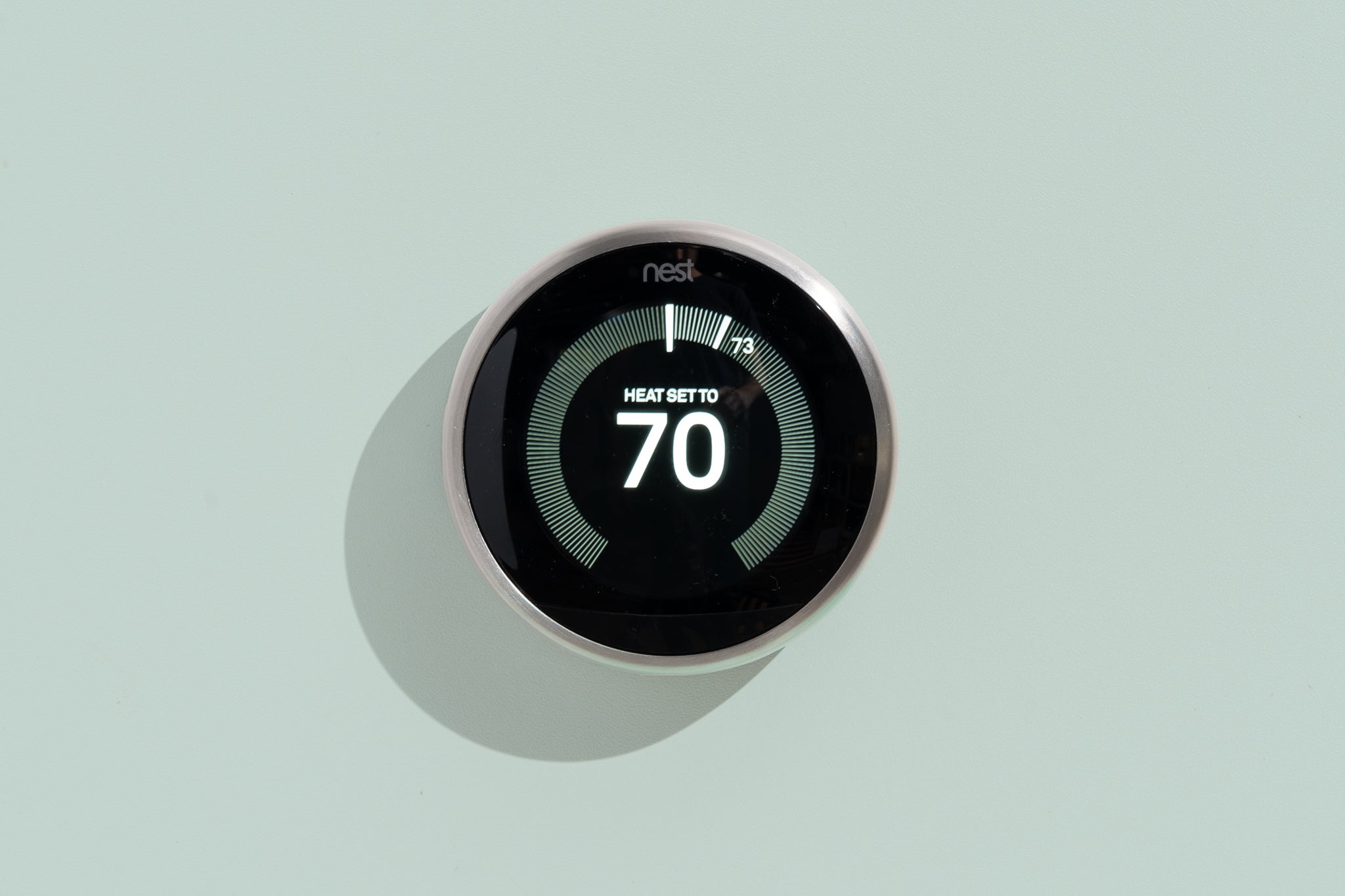

Home Automation Appliances
How To Save Money On Thermostat
Published: January 1, 2024
Learn how to save money on thermostat with our home automation appliances. Control your energy usage and reduce your utility bills. Discover the best tips and tricks today!
(Many of the links in this article redirect to a specific reviewed product. Your purchase of these products through affiliate links helps to generate commission for Storables.com, at no extra cost. Learn more)
Introduction
Welcome to the world of home automation, where comfort, convenience, and energy efficiency converge to transform the way we interact with our living spaces. In this article, we will explore practical and cost-effective ways to save money on thermostat usage, empowering you to optimize your home's climate control while reducing energy consumption.
As technology continues to advance, so do the capabilities of modern thermostats. Gone are the days of manual temperature adjustments and wasted energy. With the advent of programmable thermostats and smart home integration, homeowners now have the tools to fine-tune their heating and cooling systems with unprecedented precision.
In the following sections, we will delve into actionable strategies that not only contribute to financial savings but also promote environmental sustainability. From leveraging programmable thermostats to harnessing natural heating and cooling methods, each approach is designed to empower you to take control of your energy usage without sacrificing comfort.
By implementing these tips, you can embark on a journey toward a more efficient and eco-friendly home, all while enjoying the financial benefits that come with reduced energy consumption. Let's embark on this insightful exploration, where the intersection of technology and mindful living paves the way for a more sustainable and cost-effective lifestyle.
Key Takeaways:
- Save money on thermostat by using a programmable thermostat to automatically adjust temperatures based on your schedule, reducing energy waste and providing cost savings over time.
- Embrace natural heating and cooling methods, such as maximizing sunlight exposure and strategic shading, to optimize indoor comfort while minimizing energy consumption.
Read more: How To Save Money On A Renovation
Use a Programmable Thermostat
One of the most impactful steps you can take to save money on thermostat usage is to invest in a programmable thermostat. Unlike traditional thermostats, which require manual adjustments throughout the day, programmable thermostats offer unparalleled convenience and energy efficiency.
By programming your thermostat to automatically adjust the temperature based on your daily schedule, you can avoid unnecessary heating or cooling when the house is unoccupied. This not only reduces energy waste but also translates into substantial cost savings over time.
Most programmable thermostats allow you to create customized temperature settings for different times of the day, such as when you are asleep, away from home, or awake and active. This level of flexibility empowers you to tailor your home's climate control to align with your lifestyle, ensuring comfort when you need it while conserving energy during periods of inactivity.
Furthermore, the integration of smart home technology has elevated programmable thermostats to new heights. With the advent of smart thermostats, such as those compatible with popular platforms like Google Home and Amazon Alexa, you can remotely monitor and adjust your home's temperature settings from your smartphone or other connected devices. This level of control not only enhances convenience but also enables you to make on-the-fly adjustments to optimize energy usage.
When selecting a programmable thermostat, consider opting for one with advanced features such as occupancy sensors, learning algorithms, and energy usage reports. These capabilities can further streamline your energy management efforts, providing valuable insights into your heating and cooling patterns and identifying opportunities for additional savings.
By harnessing the power of a programmable thermostat, you can embark on a journey toward a more efficient and cost-effective approach to home climate control. The combination of tailored temperature settings, remote accessibility, and energy-saving features positions programmable thermostats as a cornerstone of modern energy management, offering a compelling solution for reducing utility expenses while optimizing comfort.
Adjust the Temperature
When it comes to saving money on thermostat usage, making mindful adjustments to the temperature settings in your home can yield significant energy savings without compromising comfort. By implementing simple yet effective temperature management strategies, you can optimize your heating and cooling systems to operate more efficiently, ultimately reducing your energy bills.
During the colder months, consider setting your thermostat to a slightly lower temperature while you are asleep or away from home. By lowering the temperature by a few degrees, you can conserve energy without sacrificing comfort, especially when blankets and cozy attire can help offset the slight reduction in indoor warmth.
Conversely, in warmer weather, raising the thermostat setting when the house is unoccupied can lead to substantial energy savings. By allowing the indoor temperature to rise slightly during periods of absence, you can minimize the workload on your air conditioning system, resulting in reduced energy consumption and lower cooling costs.
Furthermore, embracing the concept of seasonal layering can further enhance your ability to save money on thermostat usage. During the colder months, donning warmer clothing indoors and using additional blankets can enable you to maintain comfort at lower thermostat settings, reducing the need for excessive heating. Similarly, in the summertime, dressing lightly and utilizing fans can help mitigate the reliance on air conditioning, allowing for higher thermostat settings without sacrificing comfort.
For those with programmable or smart thermostats, consider leveraging the pre-programmed or customizable temperature settings to align with your daily routine. By synchronizing temperature adjustments with your schedule, you can ensure that your home is optimally heated or cooled when needed and conserve energy during periods of reduced activity.
By incorporating these temperature adjustment practices into your daily routine, you can take proactive steps to minimize energy waste and maximize the efficiency of your heating and cooling systems. This approach not only contributes to cost savings but also promotes responsible energy usage, aligning with a sustainable and eco-conscious lifestyle.
Utilize Natural Heating and Cooling
Embracing natural heating and cooling methods can serve as a complementary strategy to your thermostat usage, allowing you to harness the power of the environment to optimize indoor comfort while minimizing energy consumption. By leveraging natural elements and strategic techniques, you can create a more sustainable and cost-effective approach to maintaining ideal temperatures in your home.
During the colder months, maximizing sunlight exposure can be a potent means of natural heating. Keep curtains and blinds open during the day to allow sunlight to penetrate and warm your living spaces. This passive solar heating technique can help raise indoor temperatures, reducing the reliance on your heating system and contributing to energy savings.
Conversely, in the warmer months, strategic shading can play a pivotal role in natural cooling. By utilizing window coverings, awnings, or outdoor vegetation to block direct sunlight from entering your home, you can mitigate the heat gain and reduce the need for excessive air conditioning. This approach not only promotes energy efficiency but also helps maintain a comfortable indoor environment without overburdening your cooling system.
Strategic ventilation is another valuable natural cooling technique that can be employed to enhance indoor comfort while minimizing energy usage. During cooler evenings or early mornings, opening windows and allowing fresh air to circulate throughout your home can help lower indoor temperatures without relying solely on mechanical cooling. This natural ventilation not only reduces the need for air conditioning but also contributes to improved air quality and a more pleasant living environment.
For homes equipped with ceiling fans or other circulating fans, utilizing these devices can further optimize natural cooling. By promoting air movement, fans can create a perceived cooling effect, allowing you to maintain comfort at higher thermostat settings and reduce the runtime of your air conditioning system.
By integrating these natural heating and cooling strategies into your daily routine, you can reduce your reliance on mechanical climate control systems and minimize energy consumption. This not only leads to tangible cost savings but also aligns with a sustainable and environmentally conscious approach to home comfort management.
Consider investing in a programmable thermostat to save money on energy costs. Set it to lower temperatures when you’re away or asleep, and raise it when you’re home. This can lead to significant savings on your heating and cooling bills.
Regular Maintenance
Implementing a proactive approach to the regular maintenance of your heating and cooling systems is essential for optimizing their efficiency and longevity, ultimately contributing to cost savings and reduced energy consumption. By prioritizing routine maintenance tasks and addressing potential issues promptly, you can ensure that your HVAC (heating, ventilation, and air conditioning) equipment operates at peak performance, minimizing energy waste and unnecessary expenses.
One fundamental maintenance practice is changing the air filters in your HVAC system at regular intervals. Clogged or dirty filters can impede airflow, forcing the system to work harder to maintain the desired temperature, which in turn consumes more energy. By replacing filters according to the manufacturer’s recommendations, typically every few months, you can promote optimal airflow and reduce the energy demands of your heating and cooling equipment.
In addition to filter maintenance, scheduling professional HVAC inspections and tune-ups on a regular basis is crucial for identifying and addressing potential issues before they escalate. Qualified technicians can assess the condition of your system, perform necessary adjustments, and ensure that all components are functioning efficiently. This proactive approach not only enhances the performance of your HVAC equipment but also extends its lifespan, minimizing the need for costly repairs or premature replacements.
Ductwork inspection and sealing are also integral aspects of HVAC maintenance. Leaky or uninsulated ducts can lead to significant energy losses as conditioned air escapes into unconditioned spaces, such as attics or crawl spaces. By addressing ductwork issues and ensuring proper insulation and sealing, you can prevent energy waste and optimize the distribution of heated or cooled air throughout your home.
Furthermore, maintaining the external components of your HVAC system, such as outdoor condenser units and heat pump coils, is essential for preserving their efficiency. Regular cleaning and removal of debris, such as leaves, dirt, and vegetation, can prevent airflow restrictions and ensure that these components operate optimally, reducing energy consumption and preventing potential malfunctions.
By prioritizing regular maintenance for your heating and cooling systems, you can proactively mitigate energy waste, reduce the likelihood of costly repairs, and optimize the overall efficiency of your HVAC equipment. This diligent approach not only translates into tangible cost savings but also promotes a sustainable and responsible use of energy resources, aligning with a mindful and environmentally conscious lifestyle.
Take Advantage of Energy-Saving Programs
Exploring and leveraging energy-saving programs offered by utility providers and government initiatives can be a valuable avenue for reducing your energy expenses and optimizing your home’s climate control. These programs often encompass a range of incentives, rebates, and resources designed to encourage energy efficiency and conservation, empowering homeowners to make sustainable choices while enjoying cost savings.
One common energy-saving program is the provision of rebates for the installation of high-efficiency heating and cooling equipment. By upgrading to energy-efficient HVAC systems, such as furnaces, air conditioners, or heat pumps that meet specified criteria, homeowners can qualify for rebates that offset a portion of the initial investment. This not only makes environmentally conscious upgrades more accessible but also accelerates the return on investment through reduced energy bills over time.
Additionally, some energy-saving programs offer incentives for the implementation of smart thermostats or the participation in demand response initiatives. Smart thermostats, which enable precise temperature control and energy management, are often eligible for rebates or discounts, encouraging homeowners to adopt advanced climate control technology. Furthermore, participating in demand response programs, where homeowners voluntarily adjust their energy usage during peak demand periods, can lead to financial incentives and contribute to overall energy grid stability.
Home energy audits, often offered as part of energy-saving programs, can provide valuable insights into your home’s energy usage and efficiency. By identifying areas of improvement, such as insulation upgrades, air sealing, or ductwork enhancements, these audits can inform targeted energy-saving measures that not only reduce utility expenses but also enhance overall comfort and sustainability.
Renewable energy incentives, such as solar panel rebates or net metering programs, can also play a pivotal role in energy cost reduction. By harnessing solar power and participating in net metering, where excess energy generated by solar panels is fed back into the grid for credits, homeowners can offset their electricity costs and contribute to a cleaner and more sustainable energy landscape.
By actively engaging with energy-saving programs and initiatives, homeowners can access a wealth of resources and incentives aimed at promoting energy efficiency and conservation. These programs not only facilitate cost-effective upgrades and improvements but also empower individuals to play a part in creating a more sustainable and environmentally responsible future.
Conclusion
As we conclude our exploration of saving money on thermostat usage, it becomes evident that a harmonious blend of technology, mindful practices, and proactive engagement with energy-saving initiatives can pave the way for a more efficient, cost-effective, and sustainable approach to home climate control. By embracing the strategies outlined in this article, homeowners can not only reduce their energy expenses but also contribute to environmental conservation and responsible energy usage.
The adoption of programmable thermostats, with their advanced features and remote accessibility, represents a significant leap forward in optimizing energy management. By tailoring temperature settings to align with daily routines and leveraging smart home integration, homeowners can achieve precise climate control while minimizing energy waste.
Furthermore, the practice of adjusting temperature settings and embracing seasonal layering can yield substantial energy savings without compromising comfort. By making mindful adjustments to thermostat settings and embracing natural heating and cooling methods, homeowners can reduce their reliance on mechanical climate control systems and enhance energy efficiency.
Regular maintenance of HVAC equipment emerges as a fundamental pillar of energy conservation, ensuring that heating and cooling systems operate at peak performance and efficiency. By addressing issues promptly, changing air filters, and optimizing ductwork, homeowners can mitigate energy waste and minimize the likelihood of costly repairs.
Engaging with energy-saving programs and incentives offered by utility providers and government initiatives presents an opportunity to access valuable resources, rebates, and incentives that promote energy efficiency and conservation. By participating in these programs, homeowners can make environmentally conscious upgrades more accessible and enjoy financial incentives for sustainable choices.
In essence, the journey toward saving money on thermostat usage transcends mere cost reduction; it embodies a commitment to responsible energy usage, environmental stewardship, and the creation of a more sustainable future. By implementing the strategies outlined in this article, homeowners can embark on a path toward a more efficient, eco-friendly, and cost-effective approach to home climate control, ultimately reaping the benefits of reduced energy expenses and a lighter environmental footprint.
Through the convergence of technology, mindful practices, and a proactive engagement with energy-saving initiatives, individuals can play a pivotal role in shaping a more sustainable and responsible energy landscape, one thermostat adjustment at a time.
Frequently Asked Questions about How To Save Money On Thermostat
Was this page helpful?
At Storables.com, we guarantee accurate and reliable information. Our content, validated by Expert Board Contributors, is crafted following stringent Editorial Policies. We're committed to providing you with well-researched, expert-backed insights for all your informational needs.
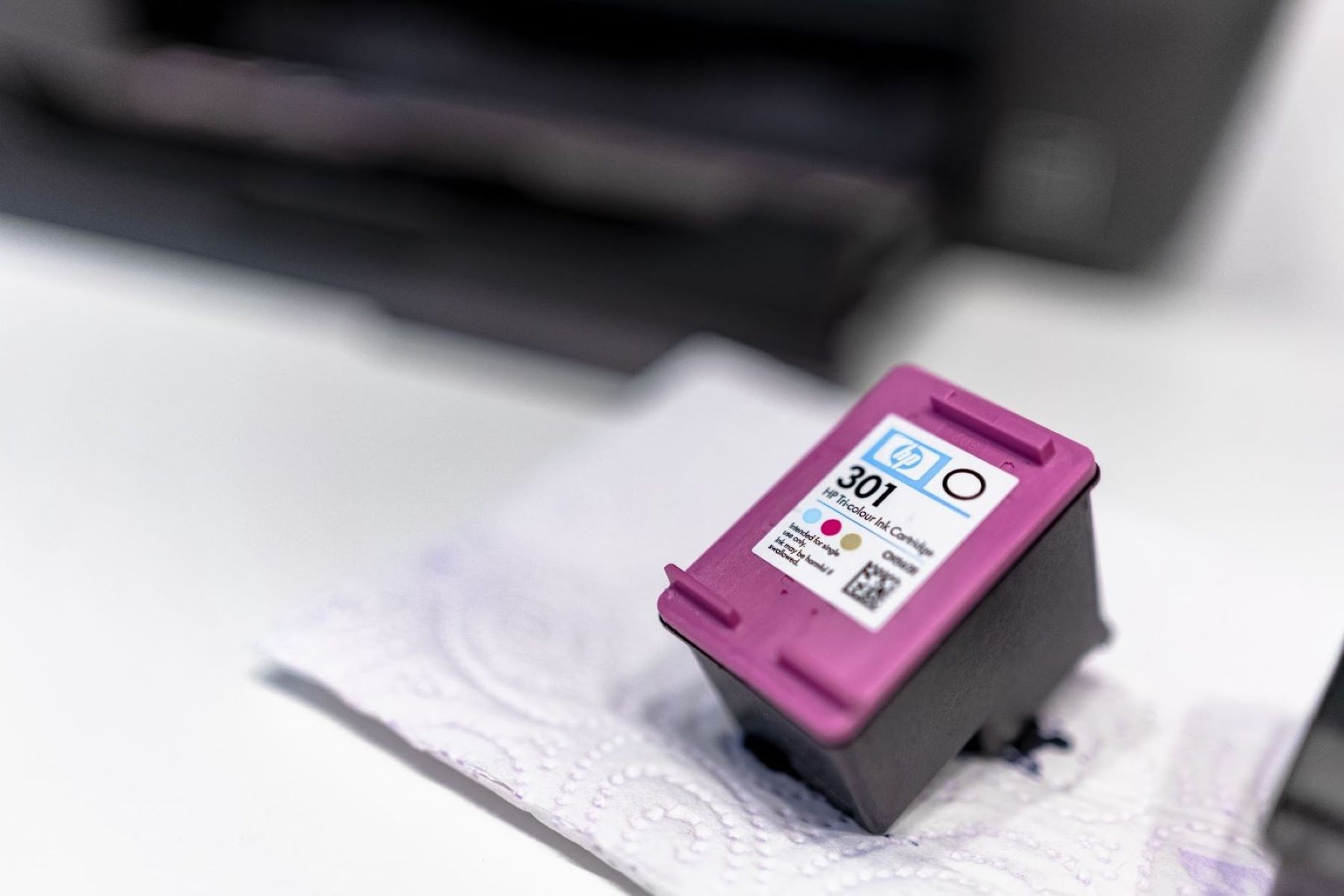
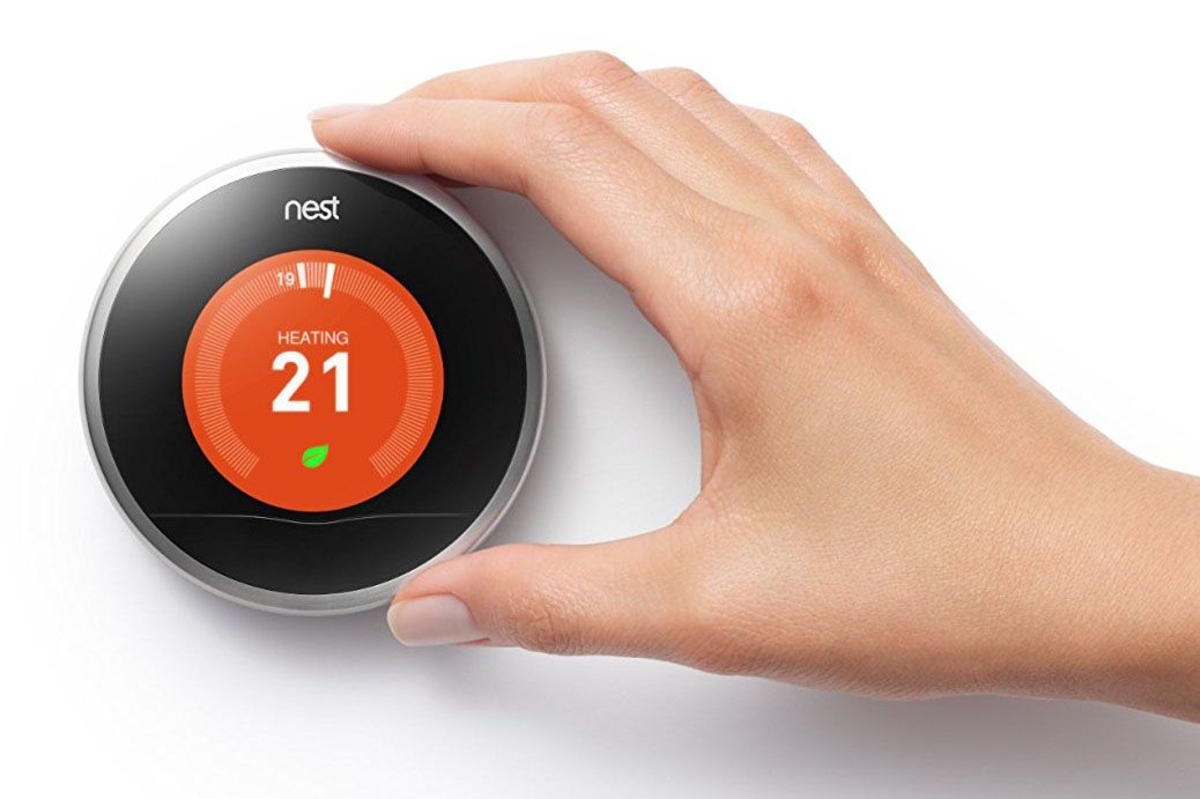
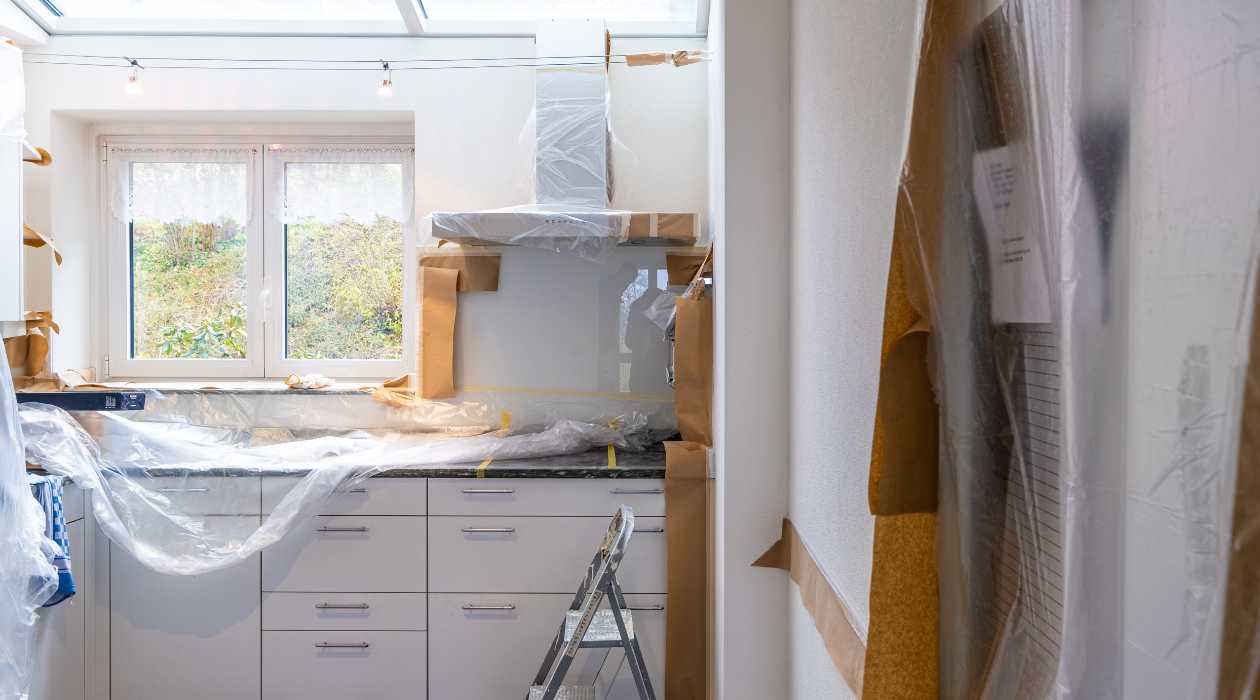

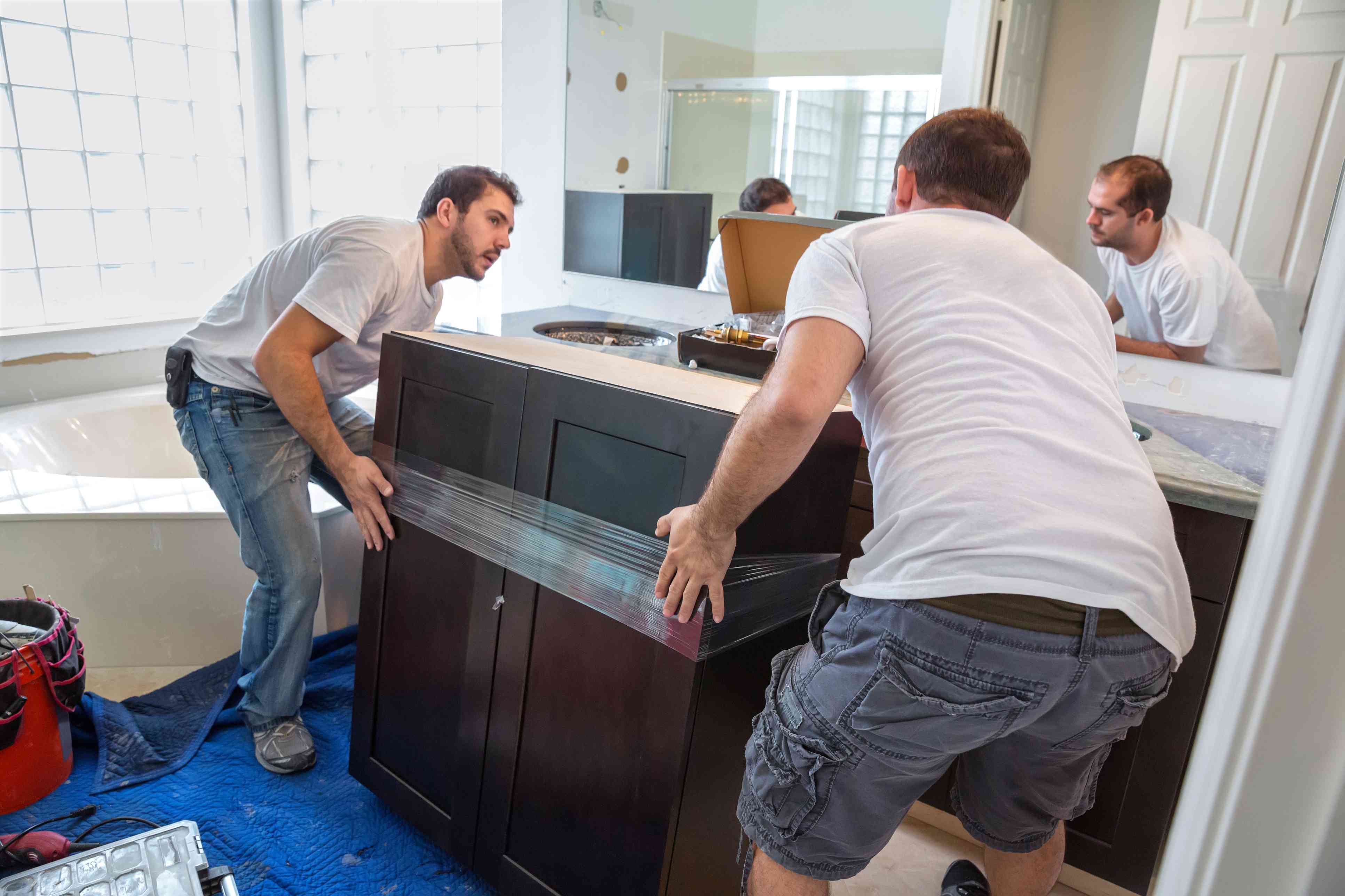


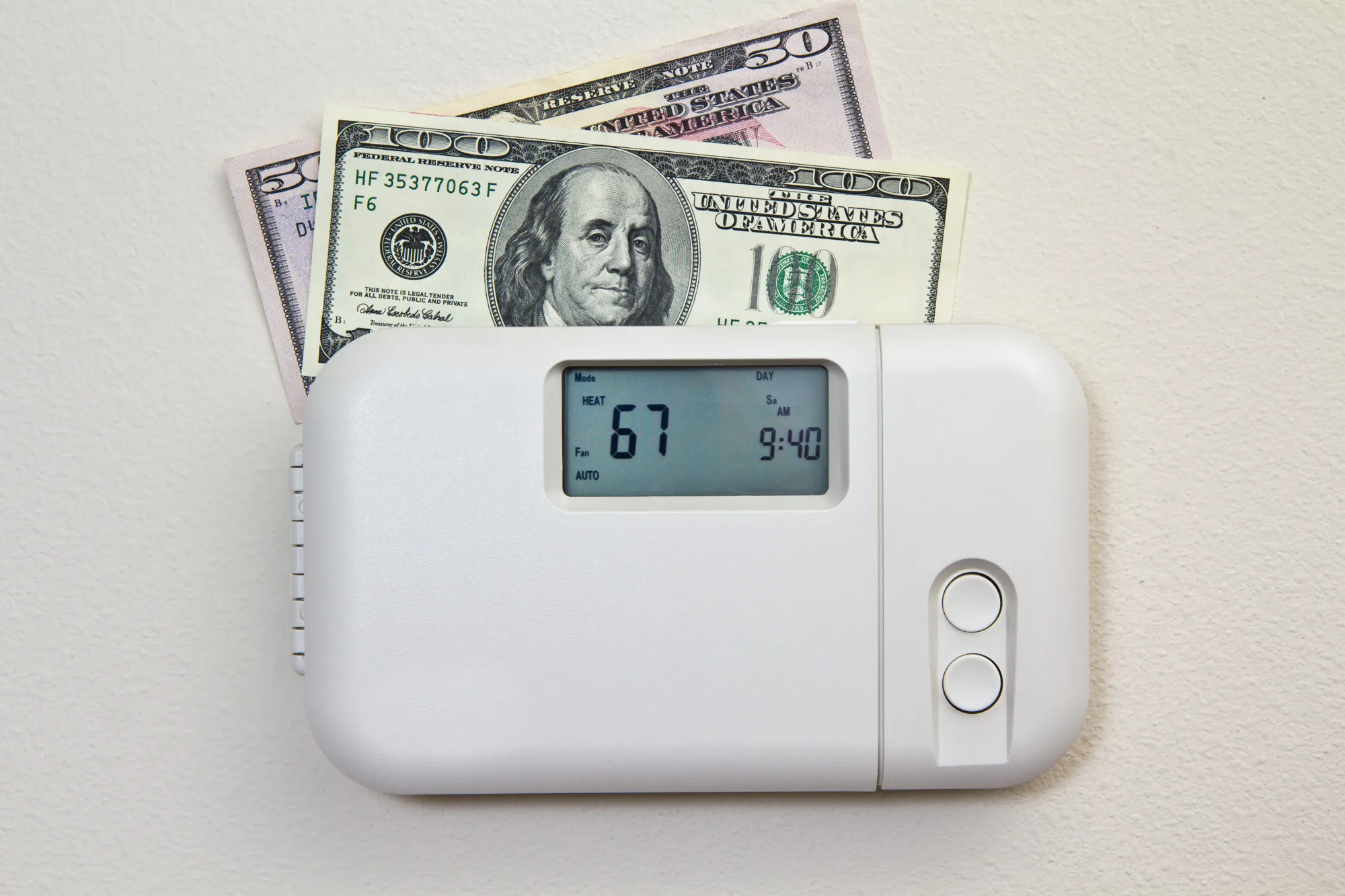

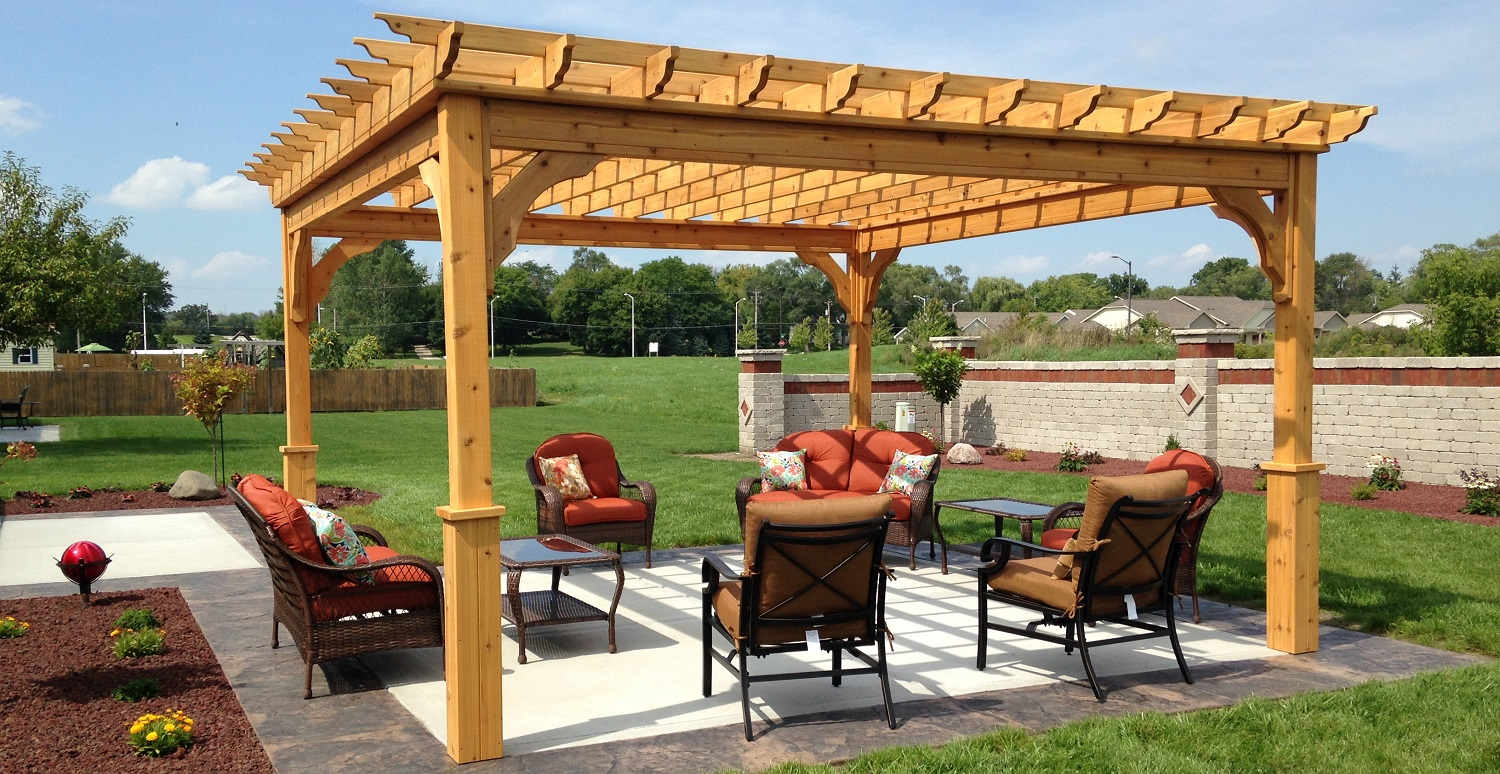
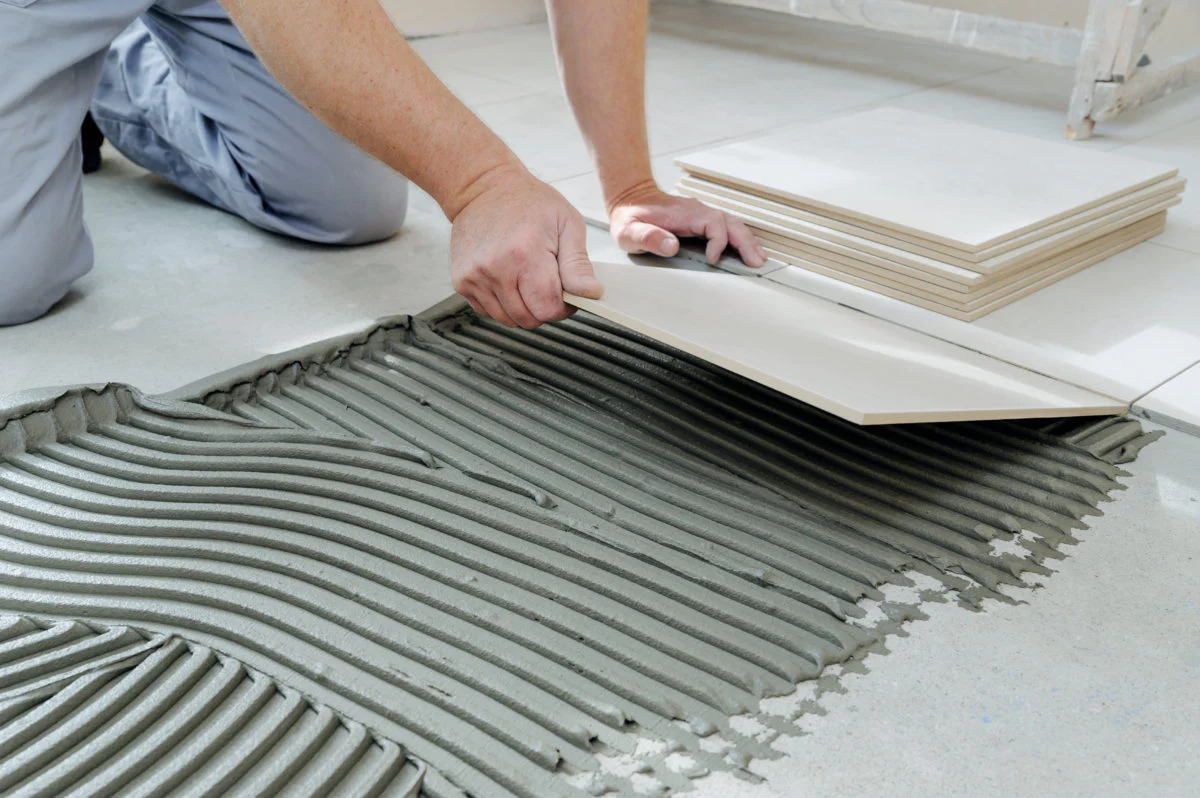
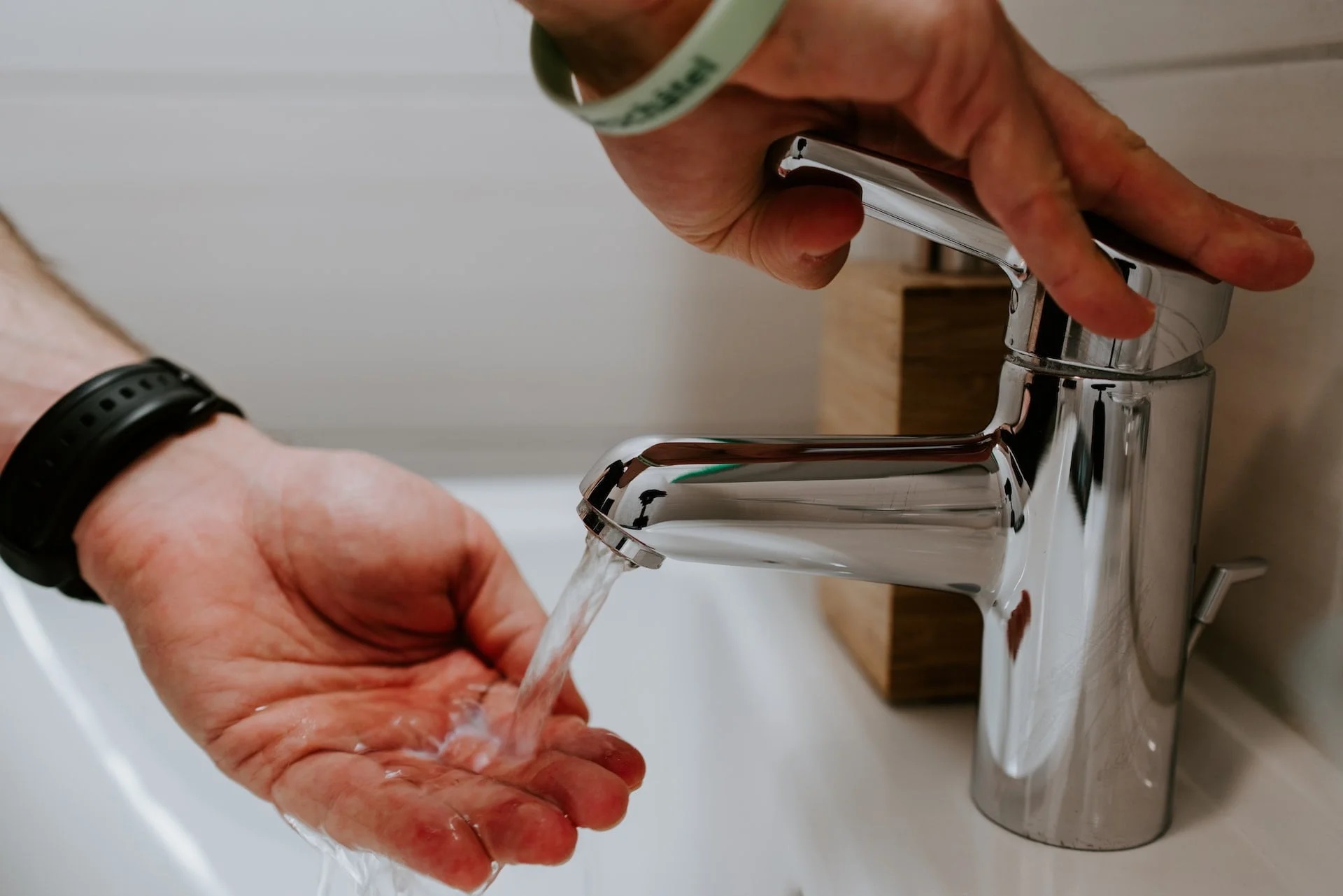

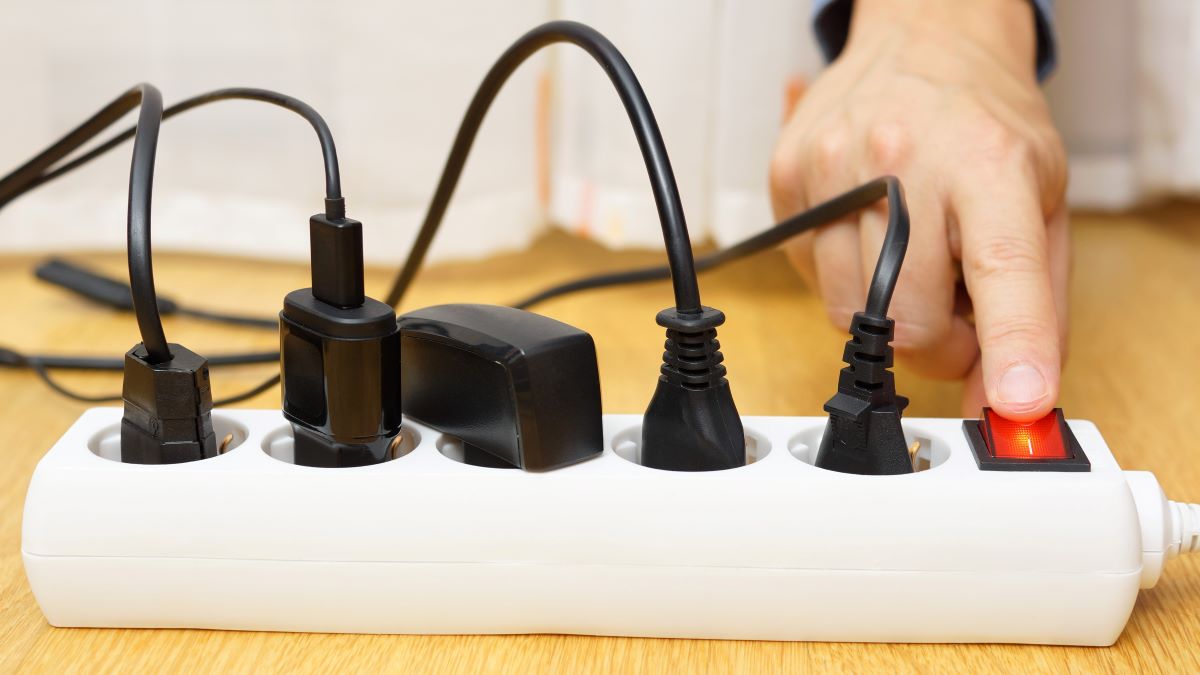

0 thoughts on “How To Save Money On Thermostat”